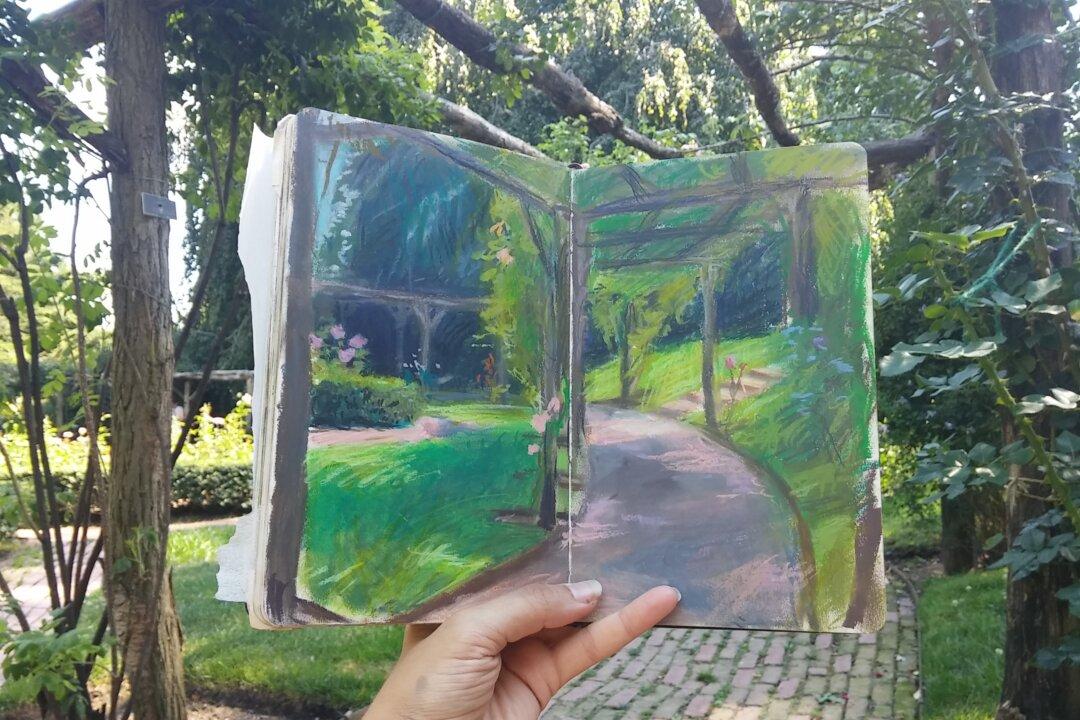CHADDS FORD, Penn.—Andrew Wyeth (1917–2009) would be 100 years old today. The first exhibition to span his entire career since his death, “Andrew Wyeth: In Retrospect,” is punctuated by surprises—paintings and studies rarely seen, conveying aspects of his life and work previously bypassed. One wishes this iconic American artist could have lived another hundred years, to see how his paintings would have developed even further.
Wyeth’s last paintings before his death were some of many memorable surprises in the exhibition at the Brandywine River Museum of Art in Chadds Ford, Pennsylvania, which ran from June 24 to Sept. 17. The exhibition was co-organized with the Seattle Art Museum (SAM), where it opened on Oct. 19 and will run until Jan. 15, 2018.






